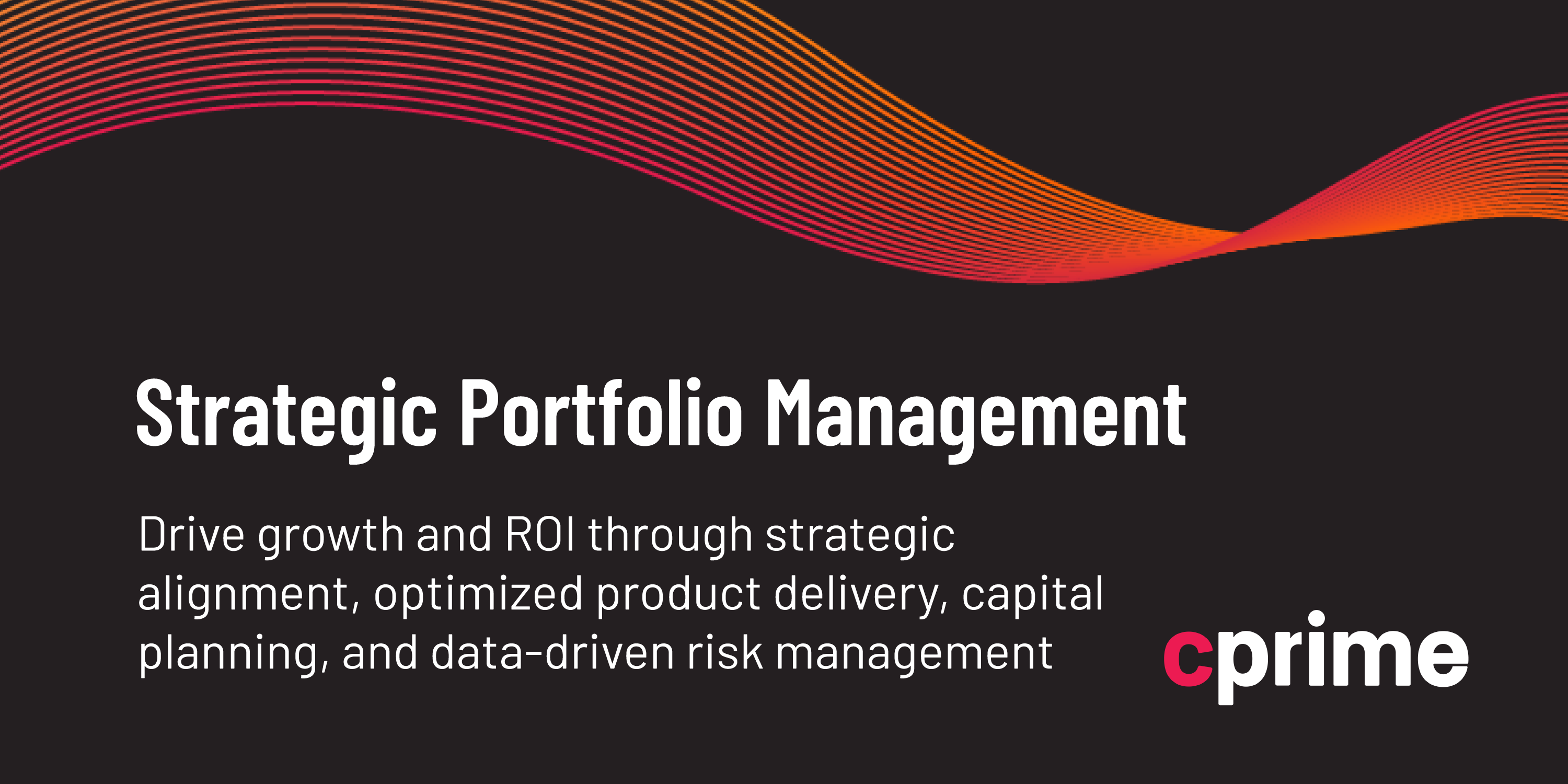Keeping Your LPM Program on Track: Best Practices for Portfolio Managers
Lean Portfolio Management (LPM) is a critical framework for organizations aiming to align strategy with execution. This article will guide portfolio managers and executives through the key practices and tools essential for effective LPM.
Establishing the portfolio structure
The cornerstone of effective LPM is a well-defined portfolio structure. This involves identifying key decision-makers and understanding both the current metrics that define your business and your long-term objectives. The portfolio structure serves as the backbone for decision-making. It’s not just about who is involved, but also about what metrics and goals will guide those decisions. The structure sets the stage for the entire portfolio, making it easier to align various initiatives with overarching business objectives.
Creating a roadmap
Once the portfolio structure is in place, the next step is to develop a comprehensive roadmap. This isn’t just a high-level view of product features or projects; it’s a strategic document that outlines the path from your current state to your future goals.
The roadmap should be flexible enough to adapt to changes, both internal and external. A key aspect of this is the concept of the Minimum Viable Product (MVP). Starting with an MVP allows organizations to test new ideas in a controlled manner, validating them against real market conditions before full-scale implementation.
Then, once the product has gone through the full process from ideation to launch and the MVP has been tested “in the wild” so that the product teams can collect data and feedback, they’re in a position to effectively adapt, plan, and improve the product iteratively to create an extended MVP, and eventually a full-scale viable product.
Or, importantly, the team can decide the product idea is not, in fact, viable, and the organization can reallocate resources to better options.
Making work visible
Visibility is crucial in any portfolio, more so in one governed by Lean principles. The use of visual management tools like Kanban boards can be incredibly effective. These tools make work visible across different stages and departments, from ideation to portfolio management. This visibility is not just for the sake of transparency but also serves as an “information radiator” that aids in decision-making. For instance, setting limits on work-in-progress items can indicate bottlenecks in the workflow, allowing for timely intervention.
Strategic portfolio review
Periodic reviews are essential for the health of any portfolio. These are not just post-mortems but strategic sessions that provide a holistic view of the portfolio’s performance against its key performance indicators (KPIs). The recommended cadence for these reviews is quarterly.
These sessions should focus on what has been achieved, the value delivered, and any lessons learned. They offer an opportunity to refine metrics, reallocate budgets, and pivot strategies as needed.
Portfolio sync
In addition to the quarterly strategic reviews, more frequent “portfolio sync” meetings should be held. These are operational meetings designed to keep the portfolio aligned and agile. They focus on in-flight work, upcoming initiatives, and any impediments that may be blocking progress. The suggested frequency for these sync meetings is monthly.
They serve as a forum for decision-makers to review progress and adapt plans in a nimble fashion, ensuring that the portfolio remains aligned with business objectives.
Tools for LPM
Effective LPM isn’t just about processes; it’s also about tools. Whether it’s Kanban boards for workflow visualization or specialized software for portfolio management, the right tools can make all the difference. They not only help in visualizing the work but also in making data-driven decisions.
Don’t stop here
Mastering Lean Portfolio Management is essential for any organization serious about aligning its strategy with execution. The practices and tools discussed here are foundational elements for achieving this alignment. For a deeper understanding and practical insights into implementing LPM, along with a fascinating demo of Apptio’s TargetProcess software, we recommend watching the full webinar, available on demand.




